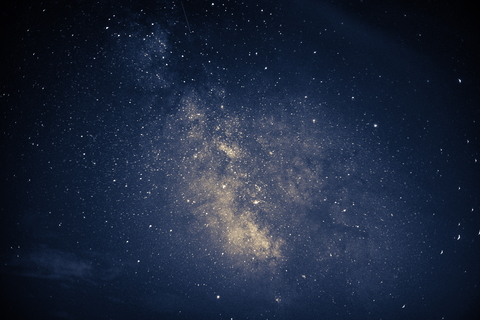Overview
Weak lensing maps from Euclid and LSST can probe the physics of dark matter and dark energy, but are contaminated by active galactic nuclei (AGN), whose jets blow baryons into the IGM. Fast radio bursts (FRBs) offer a line-of-sight probe of baryons at z ~ 1, offering a promising path towards characterizing these so-called "baryonic effects". We propose to correlate weak lensing mass maps with dispersion measure maps produced by large samples of localized FRBs as a way to disentangle the underlying dynamics of the CDM from the expulsion of baryons inferred by existing Sunyaev-Zeldovich measurements. Using the Illustris/TNG, BAHAMAS, and FLAMINGO hydrodynamical simulations, we find that dark matter and baryons move coherently on scales down to a ~Mpc. Additionally, we forecast that the shear-dispersion cross-correlation should be detectable with 10000 FRBs, easily achievable within the next few years using an instrument such as the DSA- 2000. Finally, we introduce a data-driven method of “nulling” the impact of AGN feedback on the matter auto-power spectrum using shear-dispersion cross correlations. Our method, which we demonstrate using Illustris/TNG, BAHAMAS, and FLAMINGO simulations, reduces the impact of baryons in the power spectrum by a factor of ~2 with no free parameters.
